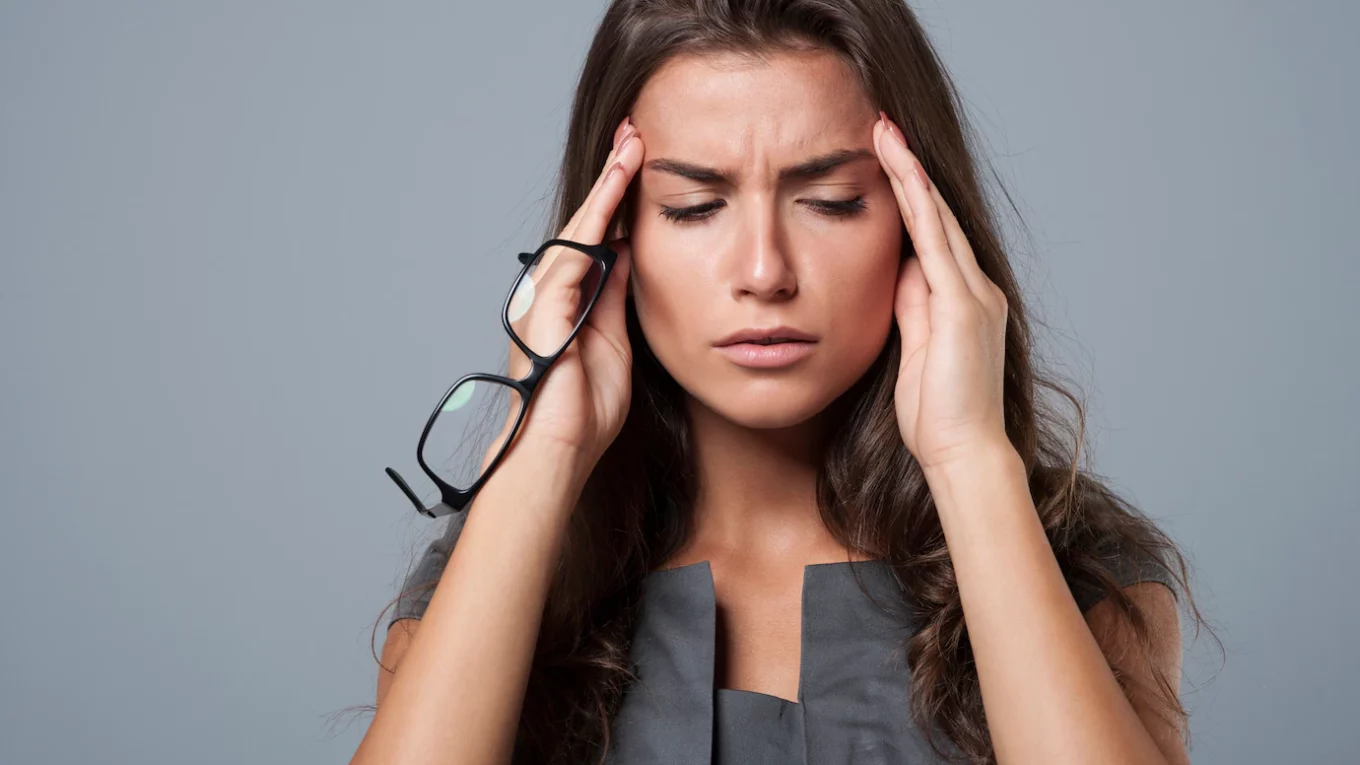What Are the 7 Causes of Headaches? Headaches can be caused by a variety of factors, and the specific cause of a headache can depend on the type of headache a person is experiencing. Here is a more detailed breakdown of some common causes of headaches:
Tension headaches: Tension headaches are the most common type of headache, and they are caused by muscle tension in the neck and scalp. They can be triggered by stress, poor posture, eyestrain, or a lack of sleep. Tension headaches often feel like a constant pressure or a tight band around the head, and they can range in intensity from mild to severe. They are usually relieved by over-the-counter pain medications, relaxation techniques, or changes in lifestyle.
Migraines: Migraines are a type of headache that is characterized by severe pain, often on one side of the head, and accompanied by other symptoms such as nausea, vomiting, and sensitivity to light and sound. They can last for several hours or even days, and they can be disabling for some people. Migraines are thought to be caused by a combination of factors, including genetic predisposition, environmental triggers, and changes in brain chemistry. Common triggers for migraines include stress, lack of sleep, certain foods or drinks, and hormonal changes. Migraines can be treated with a combination of medications and lifestyle changes, such as avoiding triggers and managing stress.
Sinus headaches: Sinus headaches are caused by inflammation or congestion in the sinuses, which are the hollow spaces in the bones around the nose. They are often accompanied by other symptoms such as a runny nose, congestion, or pressure in the face. Sinus headaches can be caused by a variety of factors, including allergies, infections, and changes in weather or altitude. They can be treated with a combination of over-the-counter pain medications, decongestants, and nasal sprays.
Cluster headaches: Cluster headaches are a type of headache that occurs in clusters, often at the same time of day, and is accompanied by severe pain, redness in the eye, and a stuffy or runny nose. They are more common in men and typically affect people between the ages of 20 and 50. The exact cause of cluster headaches is unknown, but they are thought to be related to changes in the body’s production of certain chemicals, such as serotonin. Cluster headaches can be treated with medications and lifestyle changes, such as avoiding triggers and managing stress.
Hormonal changes: Hormonal changes, such as those that occur during menstruation or menopause, can also cause headaches. Hormonal headaches are usually related to fluctuations in estrogen levels and are more common in women. They can be treated with a combination of over-the-counter pain medications and hormone replacement therapy, if necessary.
Dehydration: Headaches can also be caused by dehydration, which occurs when the body doesn’t have enough fluids. Dehydration can be caused by a variety of factors, including not drinking enough water, excessive sweating, or diarrhea. It is important to drink plenty of fluids and replace electrolytes to prevent dehydration.
Eye strain: Prolonged periods of staring at a screen or reading can cause eye strain and result in a headache. Eye strain headaches can be relieved by taking frequent breaks, adjusting the lighting and positioning of the screen, and using artificial tears to lubricate the eyes.
It is important to see a healthcare provider if you are experiencing frequent or severe headaches, or if you have any other symptoms that concern you. The provider can help diagnose the cause of the headache and recommend appropriate treatment.
Wikipedia:
https://en.wikipedia.org/wiki/Headache
WHO:
https://www.who.int/news-room/fact-sheets/detail/headache-disorders
Photo: www.freepik.com



